How to brew coffee with the Origami
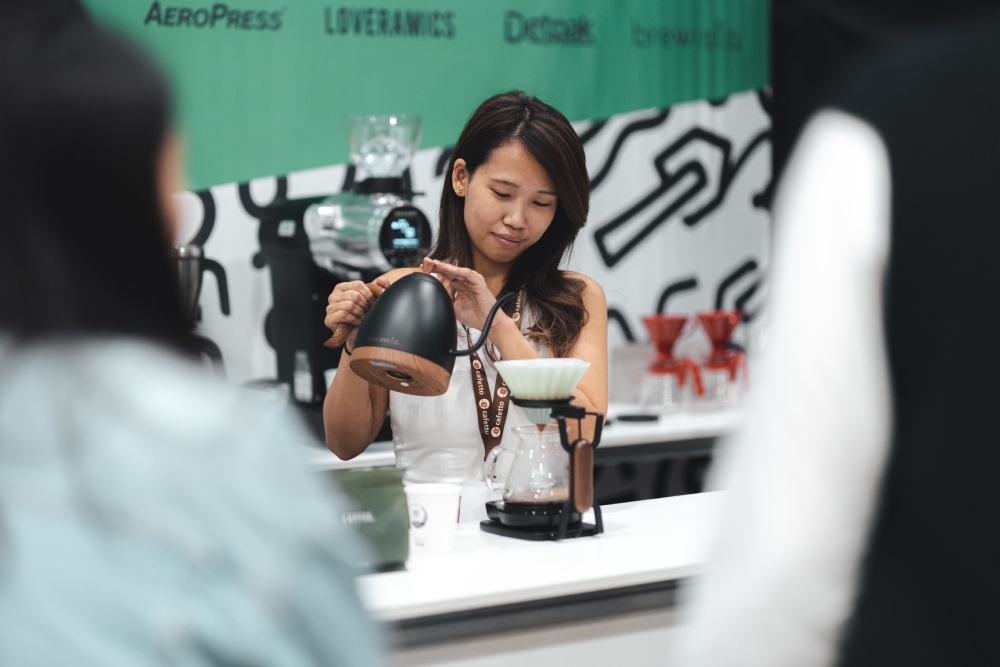
Now more than ever, there are dozens of manual coffee brewers available on the market. But arguably one of the most visually appealing is the Origami. The brewer became much more popular after 2019 World Brewers Cup Champion Du Jianing (the first Chinese competitor to win the championship) used it in her winning routine.
The Origami’s unique and eye-catching design allows you to use either conical or flat bottom paper filters, and thereby yield different extraction results. Additionally, its 20 folded inner ribs help to minimise clogging – creating much cleaner flavours in the cup.
To find out how to best brew coffee with the Origami, I spoke to Sherry Hsu, 2022 World Brewers Cup Champion, Elysia Tan, co-founder of Homeground Coffee Roasters, and Nozomu Kanenaka, Sales and Marketing Manager at Origami.
You may also like our article on the future of pour over coffee.
What is the Origami brewer?
Inspiration for the name and design of the dripper comes from origami – the Japanese art of paper folding. The Origami dripper was designed by Yasuo Suzuki and Kiyohito Tanaka, the founders of Trunk Coffee in Japan. The brewer is made of Mino porcelain, which is specially hand-crafted at a factory in Toki in the Gifu prefecture of Japan.
Gifu is one of Japan’s leading production centres, where the fusion of craftsmanship and technology produces consistently high-quality and long-lasting products.
When used with conical paper filters, the 20 evenly-spaced ribs (or grooves) create space between the dripper and the filter. This enables a faster flow rate and thereby encourages a faster extraction time.
Conversely, when using Kalita Wave paper filters, they fit perfectly into the 20 ribs – making it a flat bottom brewer.
In addition to its flexibility, Nozomu explains the other benefits of brewing with the Origami.
“You can minimise bypass brewing,” he says. “This is when water doesn’t flow through the bed of coffee, which means you don’t achieve the most efficient extraction.
“Since creating the first dripper, we have made more than 20 revisions,” he adds.
How is it different from other pour over brewers?
Although the Origami is a conical-shaped dripper (similar to the Hario V60), the dripper is unique for a few other reasons.
As well as being the 2022 World Brewers Champion, Sherry Hsu is 2019 and 2020 Taiwan Brewers Cup Champion and coffee consultant. At the 2019 world finals, she used the Origami – largely because of its flexibility.
“I can use different paper filters to change the shape of the brew bed,” she says. “The hole at the base is also quite large, so even if you use a flat-bottomed paper filter, the flow rate will still be fast – which helps to highlight different flavours.
“And because the opening is larger than the V60, there is a more stable and uniform extraction, which enhances the sweetness,” she adds.
Elysia Tan is the co-founder of Homeground Coffee Roasters in Singapore, and placed third in the 2022 World Brewers Cup. She, on the other hand, says she doesn’t think one brewer can bring out more sweetness or acidity than another, but that using different coffees for different drippers helps to enhance certain characteristics.
“I don’t believe in a one-size-fits-all approach. Different coffees have different characteristics, and to bring out the best in them, you have to brew or prepare them differently,” she explains. “This is why coffee is fun. It’s more important to understand the shape and design of your brewer and use it to your advantage.”
How to brew with the Origami
There are many different ways you can brew with the Origami, but for many, the first choice is deciding between a porcelain or a plastic dripper. Nozomu explains that the two work in different ways.
“Compared to porcelain, plastic conducts heat faster,” he says. “The plastic brewer therefore immediately retains heat when hot water is poured over it, which makes the pre-wetting process more efficient. Because it heats up quicker, it’s more often used in competitions where participants have to brew multiple coffees at the same time.
“What’s more, compared to porcelain again, the ribs at the bottom of the hole of the plastic brewer are slightly deeper, so the flow rate will be faster,” he adds.
The second choice will be what type of paper filter to use. Both Elysia and Sherry say your choice makes a huge difference on the final brew.
“With conical paper filters, there is space in between the walls of the brewer and the filter, so there’s a faster flow rate,” Elysia explains. “Conversely, with flat bottom paper filters, the grooves fit one another – resulting in a slower flow rate.”
Sherry tells me how this impacts the shape of the brew bed.
“By using different-shaped paper filters, we can create different-shaped brew beds, which ultimately affects extraction,” she says. “The centre of a conical brew bed is the densest part, and there is a huge difference in exposed area between the top and bottom layers. Because of this, the extraction will not be uniform, resulting in different layers of flavour.
“However, the brew bed of a flat bottom paper filter is flatter and thinner, which reduces the likelihood of channelling,” she adds. “We can also use a finer grind size to achieve a more uniform extraction, also helping to increase sweetness.”
Recommended recipes
Sherry and Elysia have shared a few of their Origami recipes below:
Elysia’s natural, natural anaerobic, or “darker colour” honey (such as red and black) processed recipe
Water temperature: between 88°C and 90°C (191°F and 194°F)
Coffee: 12g (using smaller paper filters) or 15g (using larger filters)
Brew ratio: use 1:15 as your base, but can also aim more towards 1:16 for some coffees
Bloom and pour in three stages – either at 0:45, 1:20, and 2:10 or 1:10, 1:50, and 2:25
Elysia’s washed or “light colour” honey (such as white) processed recipe
Water temperature: between 91°C and 94°C (196°F and 201°F)
Coffee: 12g (using smaller paper filters) or 15g (using larger filters)
Brew ratio: use 1:16 as your base, but can also aim more towards 1:16.5 for some coffees
Bloom and pour in four stages – either at 0:45, 1:35, 1:50, and 2:26 or 1:00, 1:35, 2:05, and 2:40
Sherry’s Origami Air S recipe using Kalita 155 flat-bottomed paper filter
Water temperature: 93°C (200°F)
Coffee: 18g
Brew ratio: 1:15
Pour in three stages:
First pour (or bloom): 60g in a circular motion around the rim of the filter
Second pour: at 0:20, add 140g in a circular motion around the rim again
Third pour: between 0:50 and 1:00, pour into the centre of the slurry until you reach 270g. Total brew time should be within 2 minutes
Tips and advice for using the Origami
For people who are new to brewing with the Origami, Sherry offers some advice.
“I would recommend that beginners use the Origami Air (which is made of acrylonitrile-styrene copolymer, or AS resin) with a flat-bottomed paper filter,” she says. “This combination is the most foolproof and makes it easier to produce a good and consistent coffee with balanced sweetness and brighter acidity.
“It’s also important to remember that you should always have a faster flow rate with the Origami brewer,” she adds. “You can also use a finer grind size to increase extraction levels, and you can easily increase your dose to prepare bigger batches.”
The Origami is one of the most striking and distinctive manual brewers in specialty coffee. While many home brewers and baristas gravitate towards it for its beautiful design, there are certain considerations you need to be mindful of when using it.
If you’re less familiar with the Origami, keep in mind that this brewer will perform better with a faster flow rate. From here, you can experiment with a number of different extraction variables and coffees.
Enjoyed this? Then read our article on the evolution of the AeroPress.
Photo credits: Homeground Coffee Roasters, Origami Japan, 1Zpresso
Perfect Daily Grind
Want to read more articles like this? Sign up for our newsletter!
The post How to brew coffee with the Origami appeared first on Perfect Daily Grind.
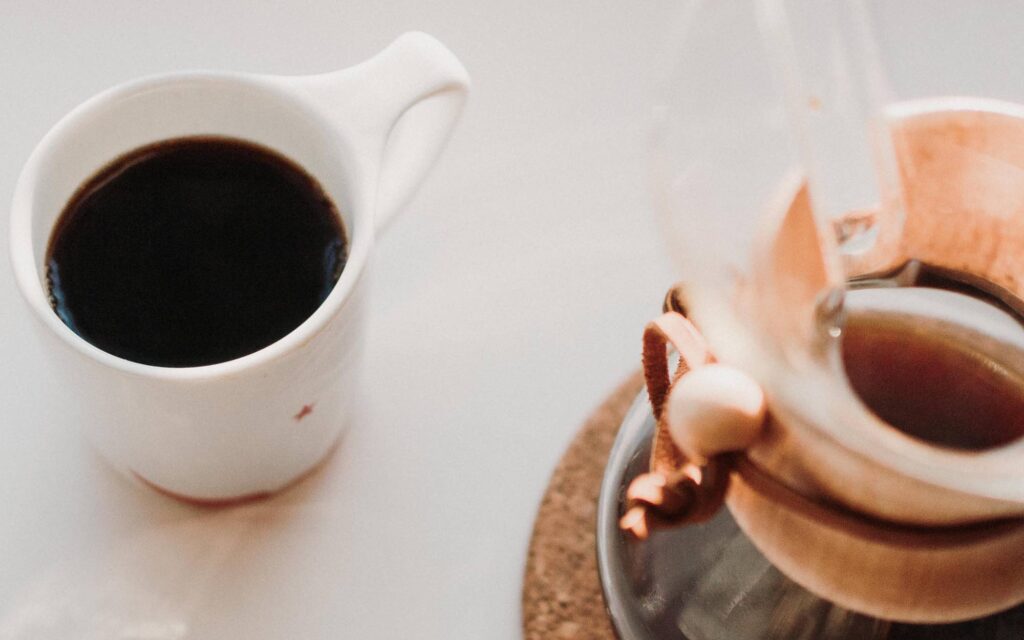

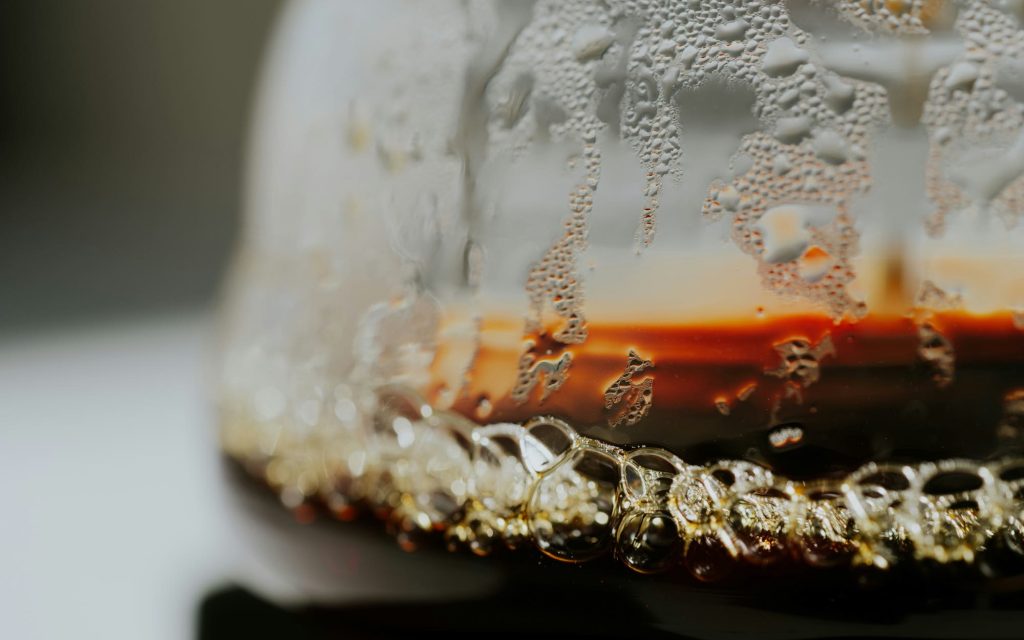
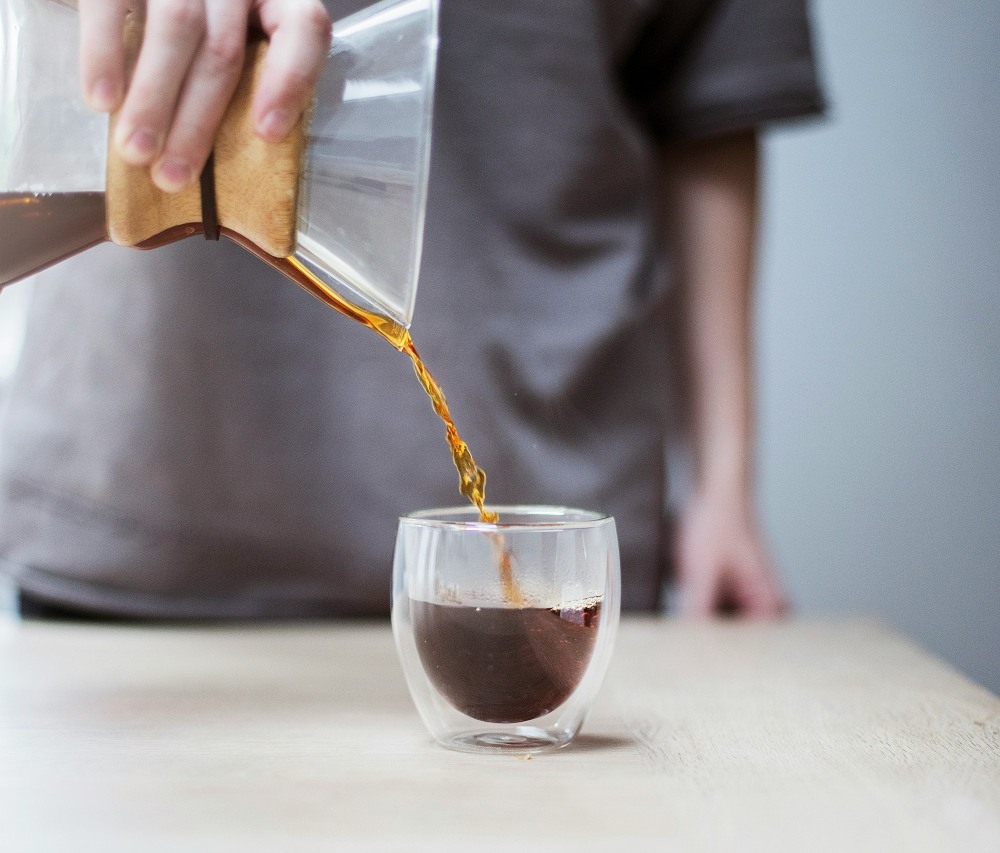
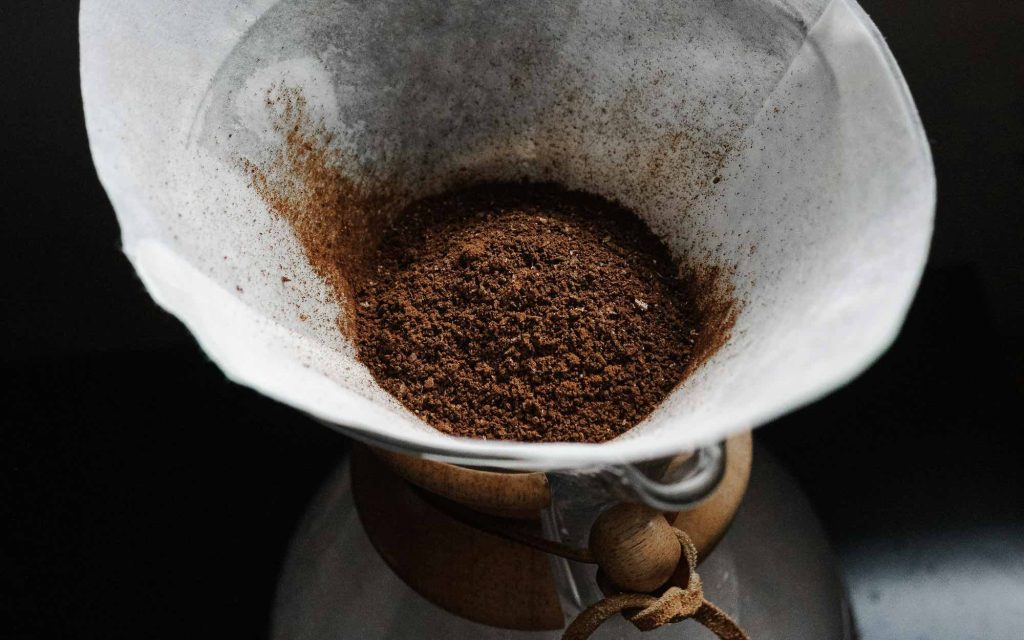
Responses